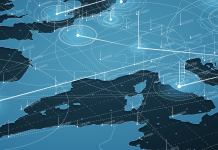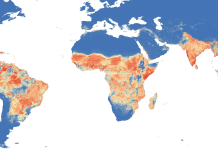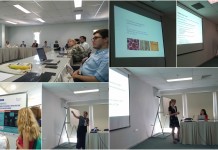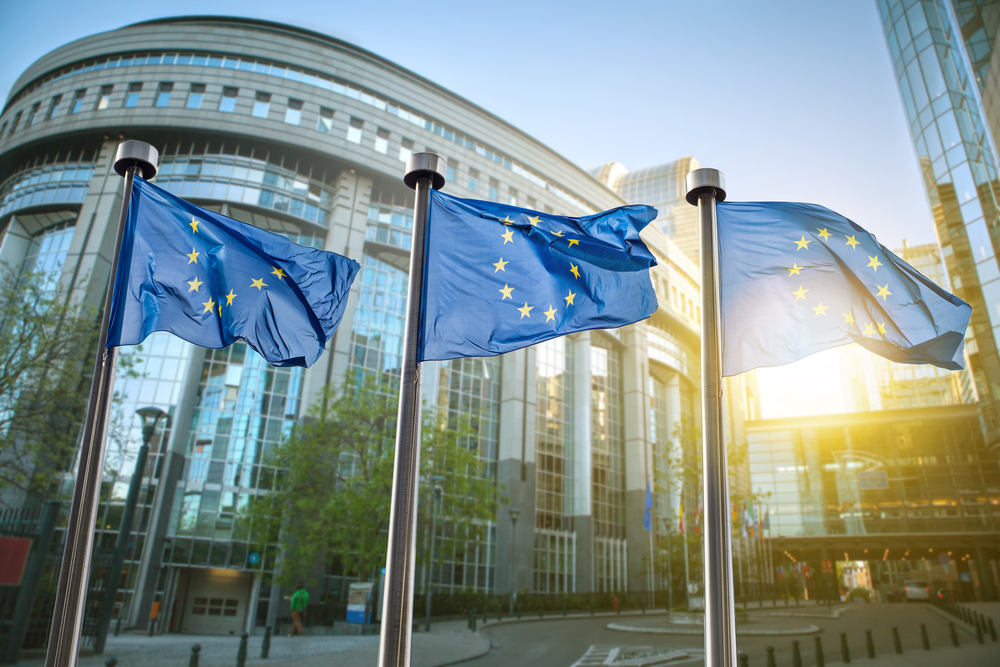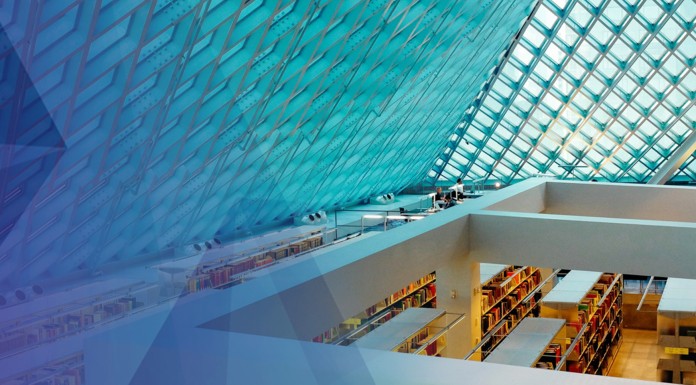Is European research interested in TDM?
Yes it is. This is manifested both by the number of scientific articles published in journals and conferences by European scholars and the number of TDM related projects and infrastructures (in fact projects which have resulted in the development of infrastructures). These two axes are considered as reflecting the strategic decisions of the EU and the policies adopted as regards the selection of specific research domains for funding, as well as the scientific trends attested in the publications.
How long has Europe been interested in TDM?
Europe has been interested in TDM since the first appearance of the term Data Mining, back to the early nineties. It was then, when the EU started funding and conducting research on TDM within the framework of FP3 (1990-1994). This interest has grown over the years as indicated by the continuously increasing number of projects and infrastructures related to TDM in the subsequent frameworks. Specifically, within the FP7 (2007 -2013) and Horizon 2020 frameworks (2014-2020), 910 out of the 30456 projects focus on TDM, an equivalent of 3% of the total number of projects.
In which way is a project or infrastructure defined as TDM related?
All projects and infrastructures referring to the exact terms Text and Data Mining, Data Mining and Text Mining as well as alternative terms such as Big Data, Data Analysis, Machine Learning etc. are perceived as focusing on TDM.
What is the objective of a TDM project or infrastructure?
Their objective is to provide the tools and technologies for TDM or/and to create big collections of data. These two dimensions are viewed independently or, more frequently, in combination, since tools are developed to process specific types of data.
What is the size of the investment made by the EU in TDM projects and infrastructures?
Projects related to TDM have received a total funding of 2.2 B€ with an EU contribution of 1.8 B€. Infrastructures, on the other hand, have received 4% of the total project investment by the EU, fact which indicates the strategic priority that the EU has given to them. Specifically, the total investment made in infrastructures within the frameworks of FP7 and Horizon 2020 amounts to approximately 2,8 B€, of which the EU funding rises up to 2 B€.
Which are the economic sectors targeted by the TDM projects and infrastructures?
The TDM projects and infrastructures target all the economic sectors. Some indicative examples of their objectives are presented below:
Primary sector projects and infrastructures aim at standardising, understanding and forecasting of natural phenomena (e.g. earthquakes) and climate changes interacting with the lives of humans and other species; predicting better or worse/problematic crops or certain climate phenomena which affect them; correlating pesticide use and animal/human diseases; using water resources/materials for production optimization.
Some of the projects and infrastructures pertaining to the secondary sector deal with energy, trying to collect data, mine it and use the results for strategic planning, to optimise internal processes, to economise on use of resources of all types in order to develop green or smart energy systems and to increase profits. In cases concerning engineering and/or manufacturing, advanced modelling, simulation and data analytics is used to improve design processes, provide better products and services, and improved competitiveness for stakeholders.
The majority of tertiary sector projects and infrastructures focus on the healthcare services; they try to improve them by organizing and analyzing patients’ clinical records in combination to the medication and treatment used, the desired (or not) outcome and the cost of the services provided, resulting in reduced cost, on one hand, and better patient quality of life, on the other.
The quaternary and quinary sectors are intertwined with the previous economic sectors due to the fact that research, development and high level decision making are terms applying to all scientific fields. Therefore, projects and infrastructures identified as belonging to the quaternary sector focus on the innovation, introduction, and improvement of products and processes of the various disciplines and application areas. The quinary sector being the highest economic sector encompasses all projects providing decision makers with the available data of various types and domains as well as all the TDM software tools and technologies in order to analyse, deploy it, and finally make decisions and policy guidelines in Industry, Government, Science and Technology, with a profound impact on economy in general.
Is TDM research affected by legal limitations or regulations?
Despite the obvious fact that data and tools have more value when shared, used, re-used and re-purposed, openness although needed is far from being established. The challenge of securing the benefits of data sharing without compromising the rights of all parties involved (legal, ethical/personal, financial) needs an urgent answer. In parallel, personal, private or sensitive data need to be highly respected; any such data (e.g. medical records, trial participations in new treatment protocols, etc.) should be made available after processing through careful anonymization processes.
// All blog posts are the personal opinion of the bloggers. For more information see FutureTDM's DISCLAIMER on how we handle the blog. //



